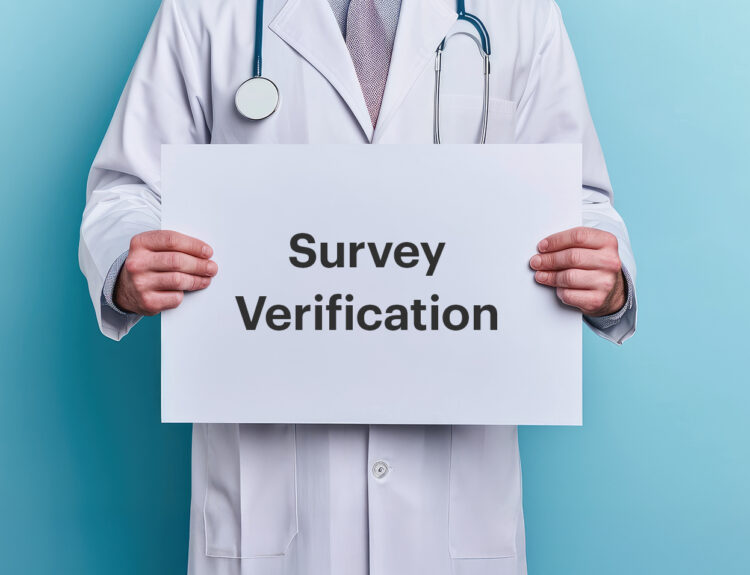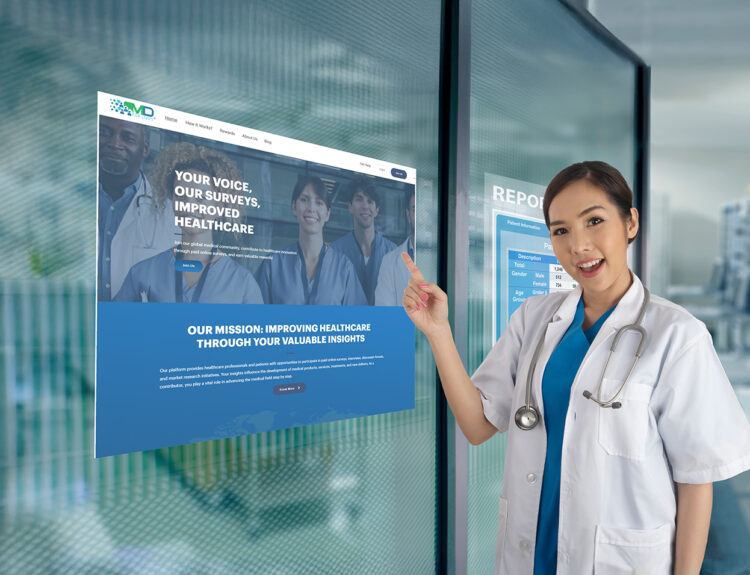Healthcare is best served when patients and the many healthcare professionals they interact with engage in transparent communication. Among these professionals, pharmacists remain the unsung healthcare heroes. Being medication experts with a deep understanding of drug mechanisms and potential side effects, they possess an extensive library of medication information that is constantly updated and readily available to address any inquiries.
However, a recent pharmacy patient survey conducted by MDForLives has revealed some concerning data. Although 74% of pharmacists strive to update their knowledge and be accessible to patient inquiries, almost half (47%) of pharmacy customers overlook their guidance. This communication gap highlights the need to explore the factors influencing patient behavior and the challenges pharmacists face in effectively imparting their expertise to help patients in their healthcare journey.
This blog will examine potential reasons behind this discrepancy and propose strategies to bridge the divide, ultimately fostering stronger pharmacist and patient relationships for improved health outcomes.
47% OF PHARMACY CUSTOMERS TUNE OUT – HERE’S WHY!

This alarming stat can stem from multiple contributing factors, including but not limited to:
1. Communication Challenges
- Time Constraints: The fast-paced environment in pharmacies can often limit the time for in-depth consultations. Pharmacy customers might feel rushed through their interaction, leaving them with unanswered questions or a sense of needing to be fully heard.
- Language Barrier: Pharmacists frequently use scientific terms to explain complex information about medicines. This can be a significant hurdle in a conversation between a pharmacist and a patient. Patients who need help understanding the medical terms are likely to ask fewer questions or withhold critical information.One-Way Communication: Sometimes, communication can become more of a lecture, with the pharmacist simply providing instructions rather than engaging the patient in a dialogue. It can leave patients feeling uninformed and disengaged.
2. Patient Perspectives
- Limited Understanding of Role: Some pharmacy customers may not fully understand the role of a pharmacist. They might see them only as people who dispense medicines and overlook the extensive knowledge and expertise they possess. This misunderstanding can cause patients to underestimate the valuable guidance that pharmacists can provide.
- Passive Approach: Some patients may adopt a passive approach during their pharmacy visits. They might feel uncomfortable asking questions or seeking clarification, possibly due to shyness or a lack of awareness about the pharmacist’s role in their healthcare journey.
3. Lack of Trust
- Maintaining Rapport: Building trust with healthcare professionals takes time and consistent positive interactions. Pharmacy customers who haven’t had the opportunity to know their pharmacist might be hesitant to accept their advice readily. Establishing a rapport can help patients feel more comfortable seeking guidance and understanding the pharmacist’s role in their well-being.
- Lack of Continuity: The consistent rotation of pharmacists may impede the establishment of trust between them and patients, potentially undermining the quality of their relationship.
When patients have to see a different pharmacist each time they visit, they may feel like they are not receiving personalized care, undermining their confidence in the healthcare system.
EFFECTIVE STRATEGIES FOR IMPROVING PHARMACIST AND PATIENT INTERACTION

Here are some strategies to help pharmacists collaborate with customers to bridge the communication gap:
1. Actively Listen to Your Pharmacy Customers
- Instead of simply asking, “How can I help you today?” pharmacists can engage patients with open-ended questions that encourage them to share their concerns and experiences. For instance, they might ask, “Could you tell me about your experiences with this medication so far? I’m here to assist with any questions or concerns.” This prompts patients to share their experiences openly, leading to a more productive and personalized interaction.
- It’s essential to practice reflective listening. To ensure you understand the other person’s perspective, summarize briefly what you have heard. It will help you avoid misunderstandings and communicate your thoughts effectively.
- Pay attention to non-verbal cues, as someone’s body language can reveal underlying anxieties or confusion.
2. Demystifying Medical Jargon
- Replace complex medical terms with clear, concise language.
- Focus on the “why” as well as the “what.” Explain the purpose of a medication and its potential side effects in a way that empowers pharmacy customers to manage their health.
- When possible, use visuals such as diagrams or medication calendars, as they can be powerful tools for enhancing understanding.
3. Collaboration is Key
- Develop strong relationships with physicians and other healthcare providers. Ensure consistent and complementary information is delivered to patients across the board.
- Encourage healthcare professionals to participate in medication reconciliation sessions. This proactive involvement assists in identifying and rectifying any medication inconsistencies, thereby averting potential confusion.
- Stay up-to-date on the latest communication tools and technologies. Telehealth consultations and online resources can offer additional patient education and support avenues. By leveraging these tools, pharmacists can provide valuable assistance to patients, ensuring they have access to comprehensive information and support regarding their medications and overall health.
5. Educate Pharmacy Customers
- Develop a library of patient-friendly brochures and handouts on common medications and medical conditions.
- Offer educational workshops or seminars on medication management topics.
- Encourage pharmacy customers to bring a list of their medications and questions to every appointment.
THE ULTIMATE TAKEAWAY
The lack of transparent communication between pharmacists and patients is a significant problem in healthcare that is often ignored.
Effective communication between pharmacists and pharmacy customers is not only about exchanging words but also building relationships, enhancing trust, and empowering individuals to take control of their health. As we move towards a more patient-centered approach to healthcare, we must recognize pharmacists’ critical role in promoting wellness and improving outcomes for everyone.
Are you enthusiastic about making a meaningful impact in the healthcare sector? MDForLives invites you to join our community, where your expertise and perspectives can contribute to positive change. Whether you’re a physician, patient, or allied healthcare professional, MDForLives provides a collaborative platform for sharing knowledge, expanding your understanding of various medical topics and practices, and earning rewards – register now!

The creative force behind the keyboard, Pallabi crafts narratives of healthcare wonders and research marvels. As a seasoned professional blogger, she ventures to unearth the riches of medical innovation, weaving them into insightful stories that educate.






